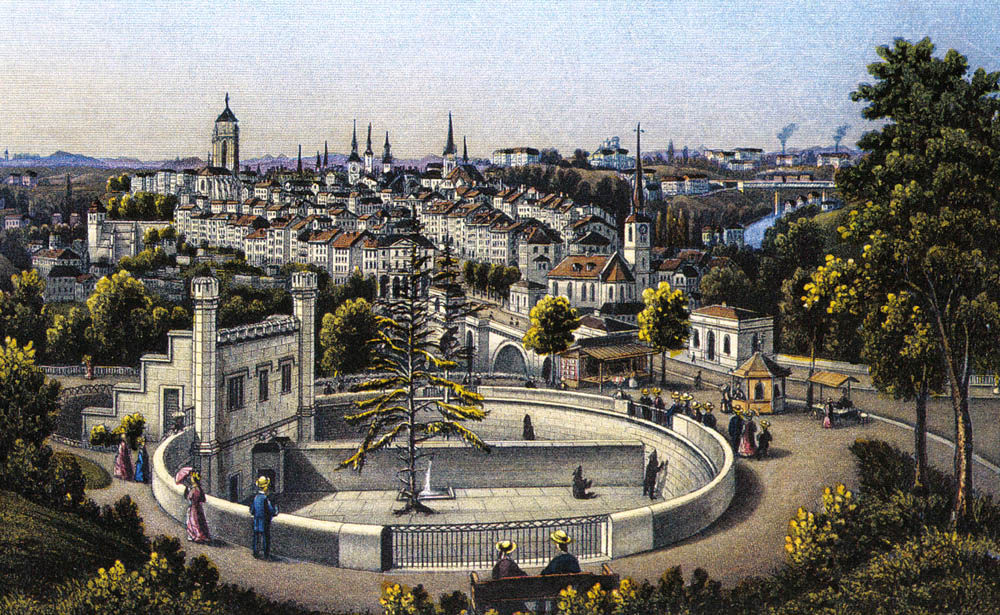an army of bear-serkers.
We're not exactly sure what specifically's going on in this bear-a-riffic illuminated illustration from the Spiezer Chronik by Diebold Schilling. The 1484-85 CE manuscript is an early history of Bern, Switzerland, from the founding of the city to events that took place in the mid-15th century. To NorsePlay, this looks like a medieval stylization of a marching army of berserkers in full-on bear form. The flute & drumming bears leading could also make it a ritual procession or dance.
Given that Bern may be named for the bear, emblazoned the bear on its flag & coat of arms, installed a Bärengraben or bear pit as a municipal feature since 1857 CE, that the Swiss Plateau was overrun & settled in ancient times by the Germanic Alemanni & Burgundians staring in the 5th century CE and looking at that in tandem with Tacitus' earlier accounts of tribal elite warriors in Germania, and the bears in the 6th–8th century CE Torslunda plates, this depiction could very well be what we perceive it to be given the long line of ursine-motifs and bear cultic behaviour: a procession of bearserkers.
 |
| [1880 CE illustration of Bern's Bear Pit -- note the large singular tree placed near the center.] |
# # #



Comments
Post a Comment